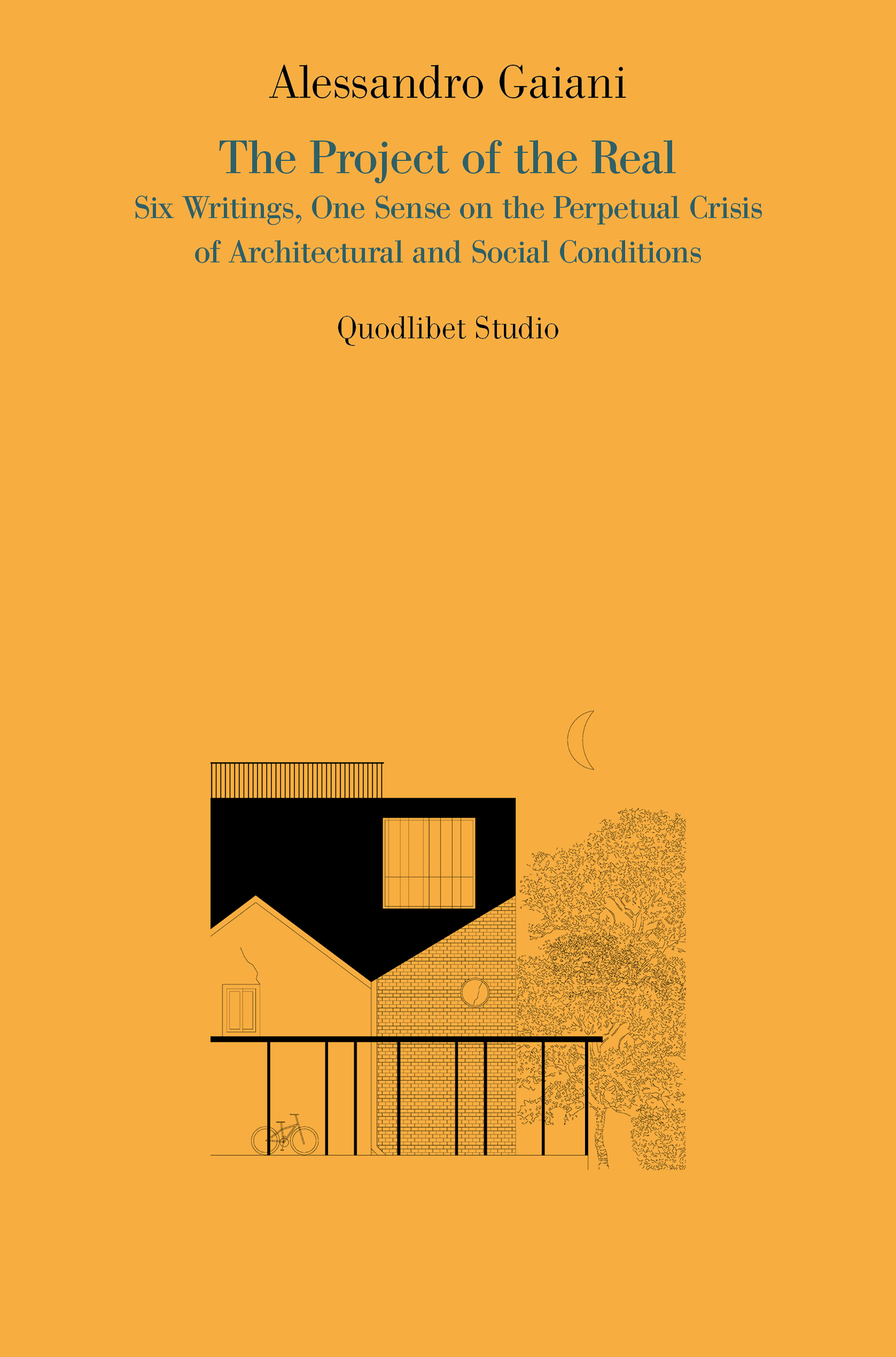Description
The new century began with an economic crisis and environmental
and health catastrophes, and is projecting us into a new complex
dimension of our living in which we are witnessing a fundamental
paradigm shift, not only in our understanding of the present, but
of the future in particular. We can no longer use methods and systems belonging to the scientific and reductionist paradigm of the
recent past, because we are currently in a new and different condition, in an ongoing search for ethical and social relations. The
scientific paradigm in which everything was decomposed and then
reorganized according to a universal principle of knowledge, or
the reduction of complexity into simplicity, is currently no longer
applicable to knowledge in general, to living the Earth, and even
less so to architecture. The disjunctive logic of Cartesian analytical theory, which distinguishes and separates and decontextualizes, used by such masters of the past century as Le Corbusier, Mies
van der Rohe, and Aldo Rossi, becomes insufficient. Instead, it is
necessary to differentiate and connect, to conceive the project as
something that is not exhausted in the juxtaposition or the sum
of the parts, but rather as a system full of links, interactions, relationships, transversality, variability, mutation, and adaptation. In
the age of complexity, we must therefore refer to a new approach,
based on architectural and social activism, one that is ecosystemic,
processual, hybrid, and inclusive.
This book is a collection of six writings and projects describing the
visions of possible worlds that prefigure a different approach than
in the past, in which architecture, while operating on the existing
that has been discarded, is asked to use new adaptive tools that,
as a catalytic agent, can trigger chain reactions within the project of mutation, and activate a process of re-signification favoring a "syntagmatic overwriting" of a new social and architectural
identity. Tools that in their overall constitutive identity constantly
contribute to the change and co-production of the conditions of
complex reciprocity with the existing, defining an approach that
places architecture in an evolutionary dimension.



